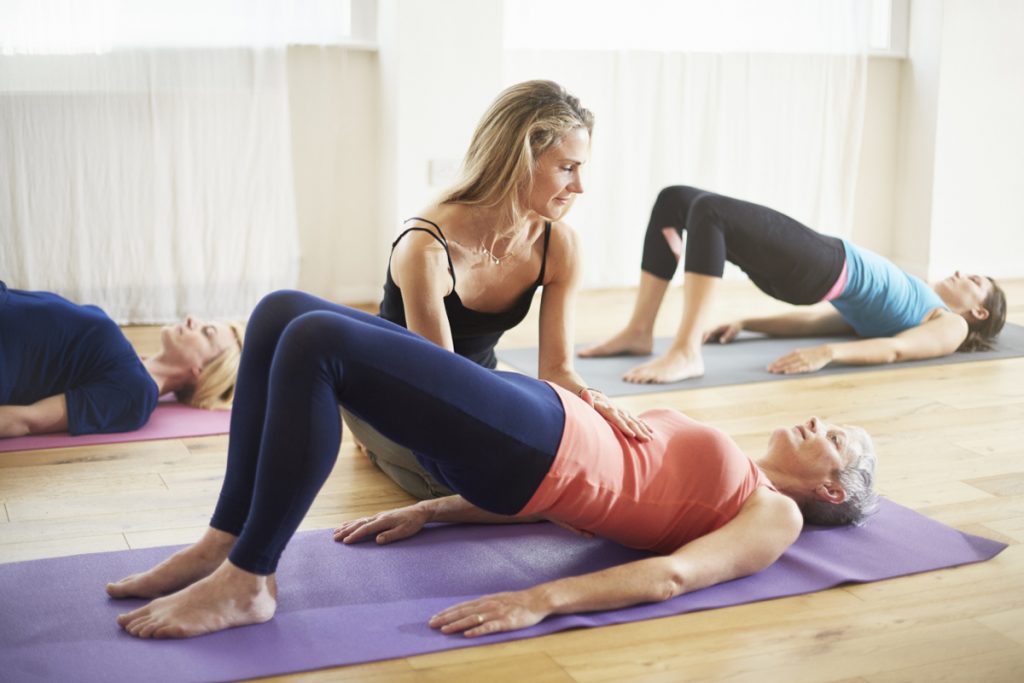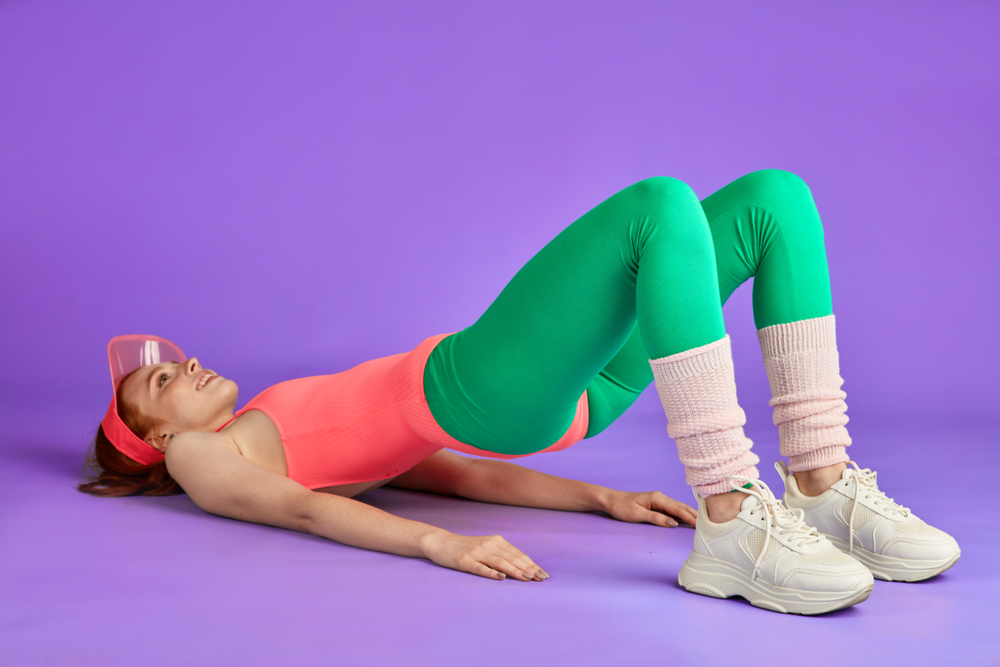It’s no secret that the Hip Bridge exercise is a good starting exercise for the hips, hamstrings, and lower back muscles, and is the key to dealing with chronic lower back pain.
However, did you know that you can modify this basic therapeutic exercise and increase it to moderate and even advanced difficulty levels of the hip bridge exercise? The degree of difficulty depends entirely on the changing form. Using modifications and variations will prevent you from getting bored, help you sustain long workouts, and push through any strength training plateaus.
Do the Hip Bridge Exercise for Back Pain

However, many people with chronic back pain work out with more supportive-type variations of the hip bridge exercise. This movement is a great way to begin an exercise program designed to relieve pain and improve physical function.
However, if your back still hurts and you are still willing to move, you can use the tip often given to beginners. The key to success with the hip bridge is that, as with any therapeutic exercise, you should focus on the pain-free area. If symptoms such as pain occur, the best thing to do is to stop and talk to your doctor and/or physical therapist about your course of action.
To avoid injury, keep your shins vertical to the ground at the top while doing the Hip bridge movement.
Master the barbell hip bridge move for stronger glutes and a more pain-free back.
Weak glutes mean bad squats and deadlifts. A study published in the Journal of Physical Therapy Science found that those who exercised their hip muscles experienced a decrease in back pain and an improvement in their lumbar balance.
The best move to work the butt is the hip bridge because it puts the pressure directly on the hip muscles. However, if you make the mistakes we will mention below, you may get injured. Read on and learn how to do the Hip bridge perfectly!
Fix These: Barbell Hip Bridge Errors

1. You Start Wrong
The bench should be just under your shoulder blades while sitting. If it’s too high, sit on the mat. Your feet should also be far enough forward so that your shins are vertical to the ground when you fully lie down. Otherwise, a complete hamstring contraction will not occur.
2. You’re straining your neck
Your head should move with your body while doing the movement. If your shoulders and head remain on the bench while your hips drop, you’re not only putting unnecessary stress on your neck, but you’re also putting your spine at risk of injury.
3. You Don’t Push From Your Heels

When you don’t push from your heels, you’re actually doing calf raises with poor form and putting your knees at risk of injury. In this case, your back may also hunch. So focus on your feet and draw strength from your heels for each repetition.
4. You Hunch Your Back
Arching the back to lift the weight will remove the glutes from the equation. Before starting the movement, pull your ribcage down and in as if you were doing a crunch. While pushing from the waist, keep your ribcage down and rotate your hips forward.
5. You’re Not Using Enough Weight
Hip muscles are among the largest muscles in the body. They need to be significantly compressed for buttock enlargement and strengthening.
In the hip bridge movement, you need to work with at least 50% of your weight in the squat. As you learn the movement, you may find that you can lift heavier than you thought. If you have problems with balance, use a curling bar.



